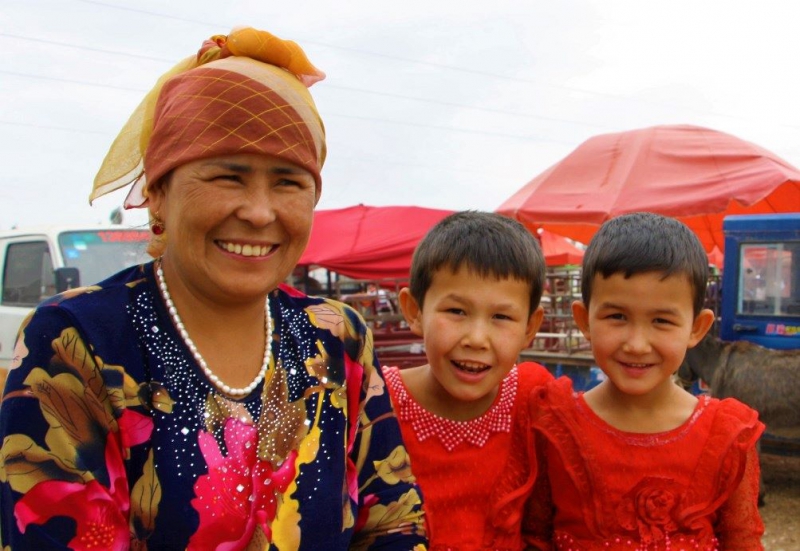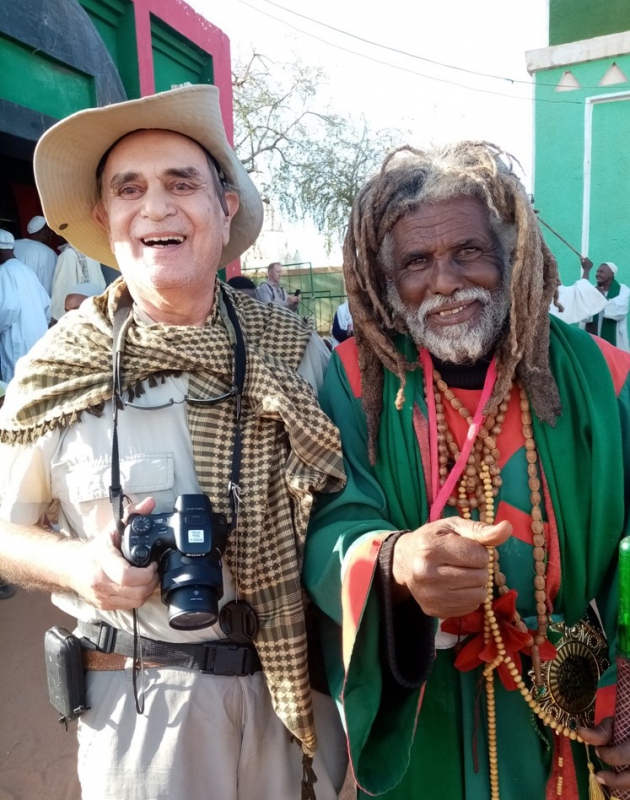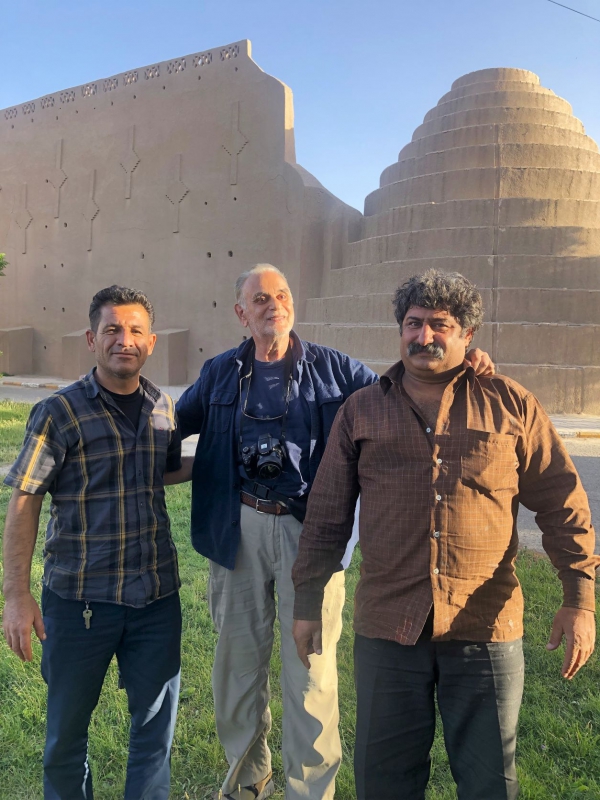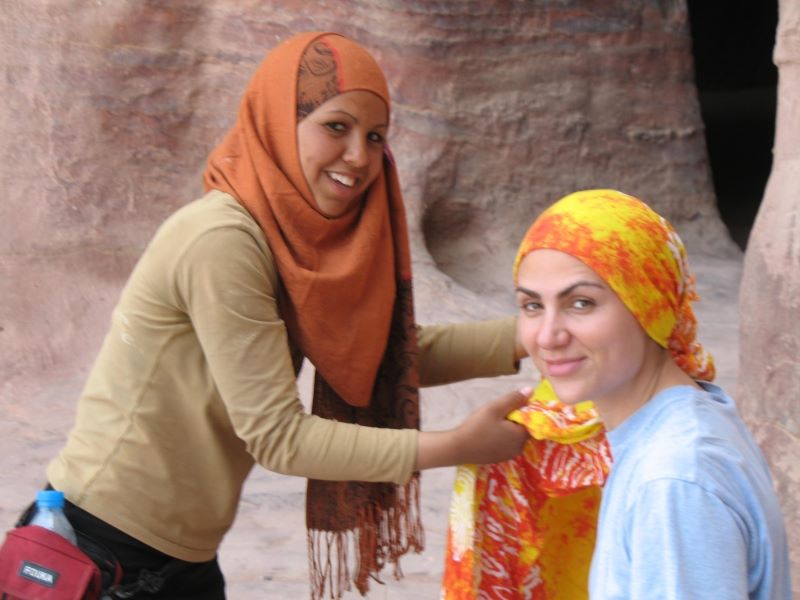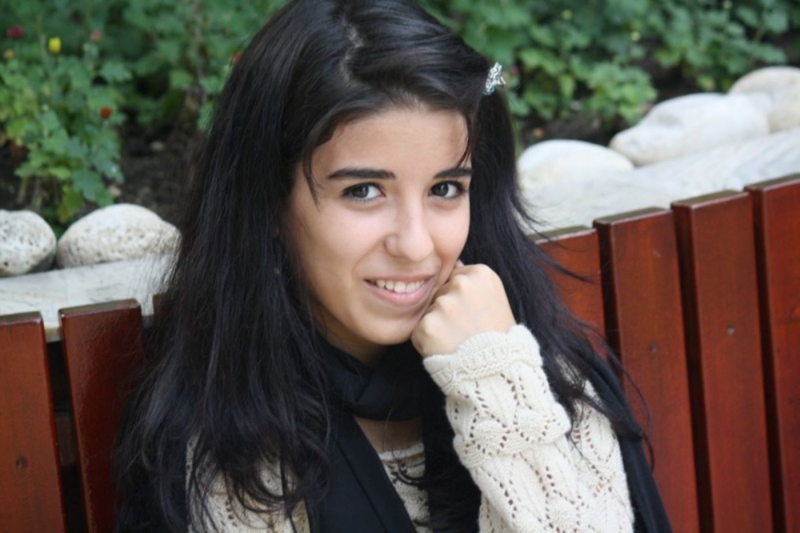Umm Al Quwain: Before Oil - Pearls
Posted April 5, 2016 by twjUmm Al Quwain
United Arab Emirates
April 5, 2016
Before oil….
Pearls!
The pearl diving tradition in the Arabian Gulf goes back at least 7000 years. The decline came when the Japanese began producing and marketing cultured pearls in the early 20th Century.
In Umm Al Quwain, a small, sleepy emirate about 40km north of Dubai, I visited the Umm Al Quwain Museum. In this restored 1768 fort, I found pearl diving equipment on display in this former residence of a local ruler and seat of government. Highlights in the museum also include old Bedouin jewelry, fancy weapons and the ladies’ quarters.
Across the road is the Umm Al Quwain Archeology Center. Now here you get a sense of antiquity of the Arabian Peninsula. On display are tools and jewelry and pottery dated from the Sixth Millenium BCE through the First Millenium CE.


